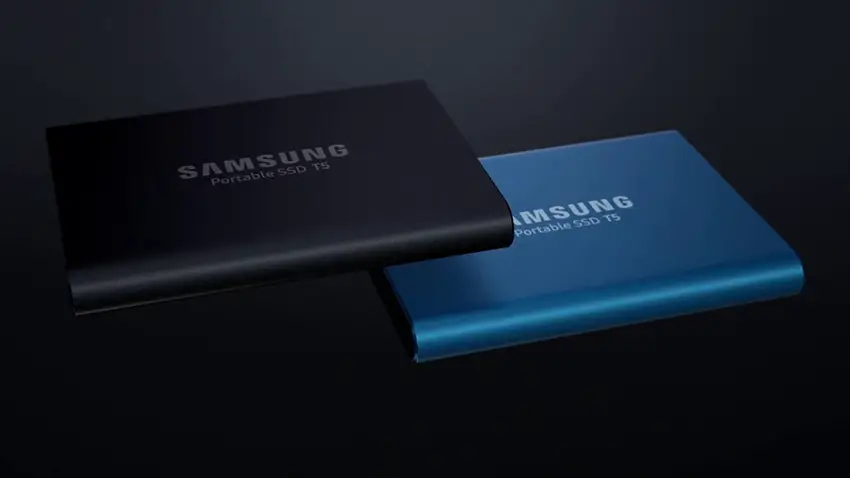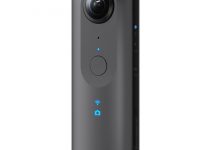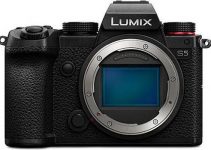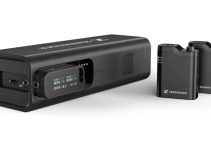Cinema cameras have continued to push far beyond the boundaries of Full HD and Ultra HD (4K) imaging. Getting 6K is now perfectly common and 8K is showing up on mirrorless cameras – that is a fairly good sign that it is going mainstream. Blackmagic may be doing the most here as they released a (relatively) affordable URSA Mini Pro 12K. Isn’t that something?
The folks at LensProToGo wanted to check it out and find out whether this camera does have some good, real-world use cases that make greater than 4K imaging valuable for various workflows. It is a great look at the capabilities of the URSA 12K if you are interested in picking one up.
Media is a good place to start because if you want to seriously consider shooting 12K you will need to make sure you are prepared. You will also need to consider compression ratios for your footage since Blackmagic offers multiple options.
For static bench tests, there didn’t seem to be a huge difference between 5:1 and 18:1, which is interesting. Difference will likely become much more apparent if you are shooting motion or extremely detailed scenes. You can definitely try to save space here.
In most cases, you may not even need the external recorder on the back – unless you prefer using 2.5” SSDs. Best in their experience was working with fast USB-C SSDs, like a Samsung T5. You can even use CFast and SD if you really want by dropping the compression down.

Image Credit: Samsung
As for resolution, the 12K footage is incredible. It is quite literally on par with high-resolution still cameras. You can just keep zooming and zooming and grab plenty of detail. Cropping in post is almost something you should be planning on for 12K as you can get 9 different full-res 4K crops out of a full frame.
4K 120p footage does still look good, but you can start seeing the noise in these modes. Working with such a high-resolution sensor is going to reveal things like noise in low-light shots. It does also permit in-camera cropping with a Super 16 mode that will make your lenses more versatile without losing any resolution.
Blackmagic RAW is your codec for the URSA 12K, though there were concerns about how color is handled since the camera is no longer using a Bayer sensor. In general it seemed to react the same way as other cameras, and it looks really good. Pushing the grades a little more also seemed to be just as flexible as other cameras. Dynamic range also doesn’t have many surprises. It is on par with others.
Working with the footage might be a worry for those without the latest and most powerful machines. Using Premiere Pro there were some hangups. It’s not a perfect system. Moving over to DaVinci Resolve things started running a lot more smoothly. You’ll likely want to move the timeline resolution down to a more reasonable 4K, but when set up that way it actually plays back smoothly.
Is 12K worth it?
First off, if you are aiming for an 8K output then working with a slightly higher resolution file is a good place to start. Using some fancy downsampling will actually produce more detailed images than just a straight 8K file. Going even further with this, if you are working for 4K output you can easily crop and reframe your images. Plus, it can produce an incredibly detailed image.
If you have any need for this in your workflow the 12K video is quite useable. Do you have any thoughts on using 12K video today?
[source: LensProToGo]
Order Links:
- Blackmagic Design URSA Mini Pro 12K Cinema Camera (B&H, Amazon)
- ZEISS Otus 55mm f/1.4 ZE Lens for Canon EF (B&H, Amazon)
- Samsung T5 2TB Portable SSD (B&H, Amazon)
Disclaimer: As an Amazon Associate partner and participant in B&H and Adorama Affiliate programmes, we earn a small comission from each purchase made through the affiliate links listed above at no additional cost to you.




